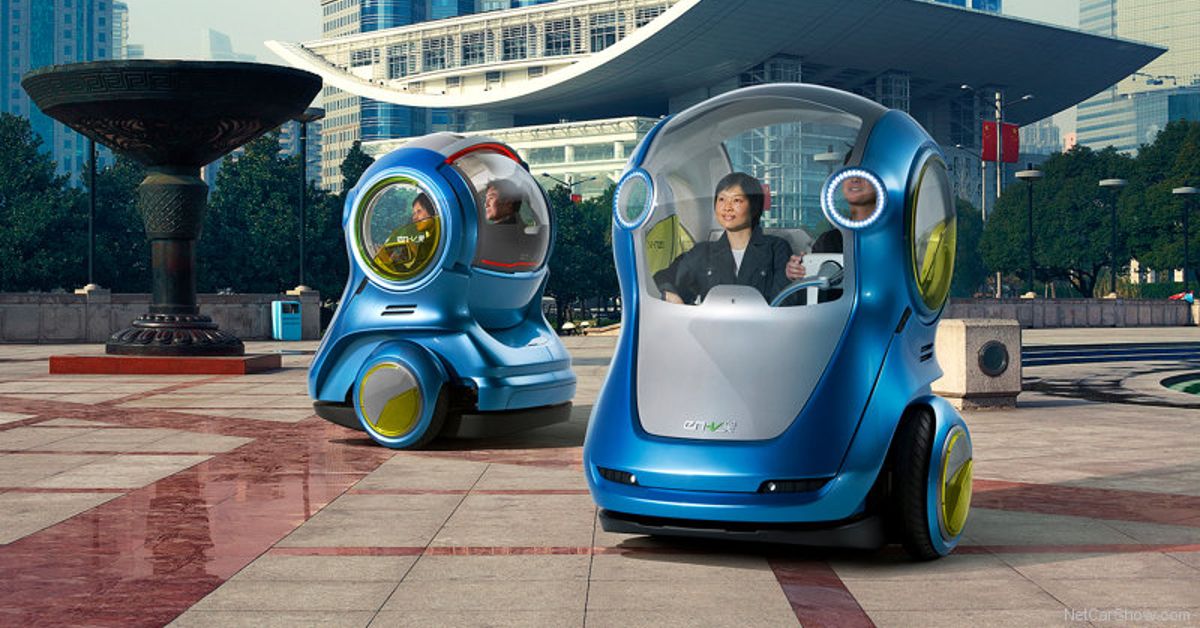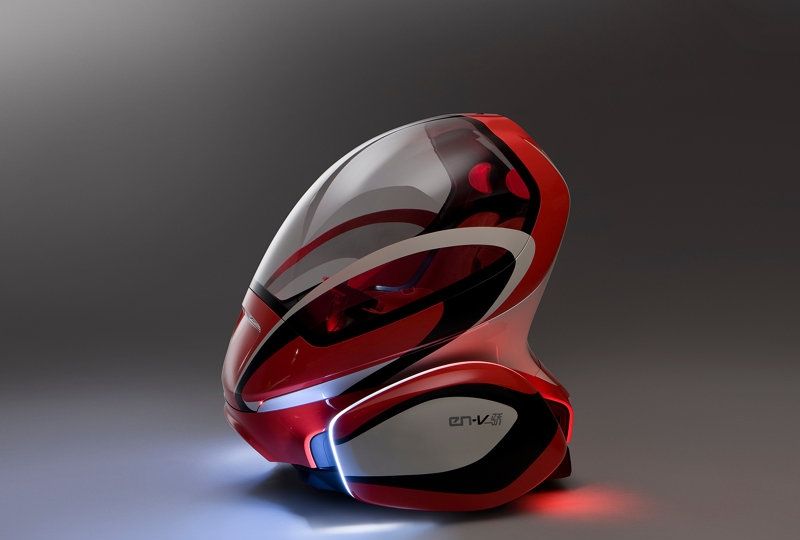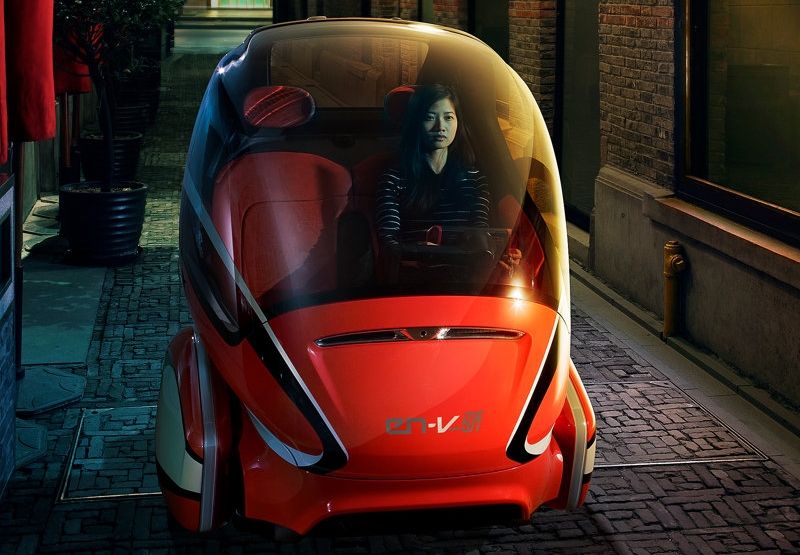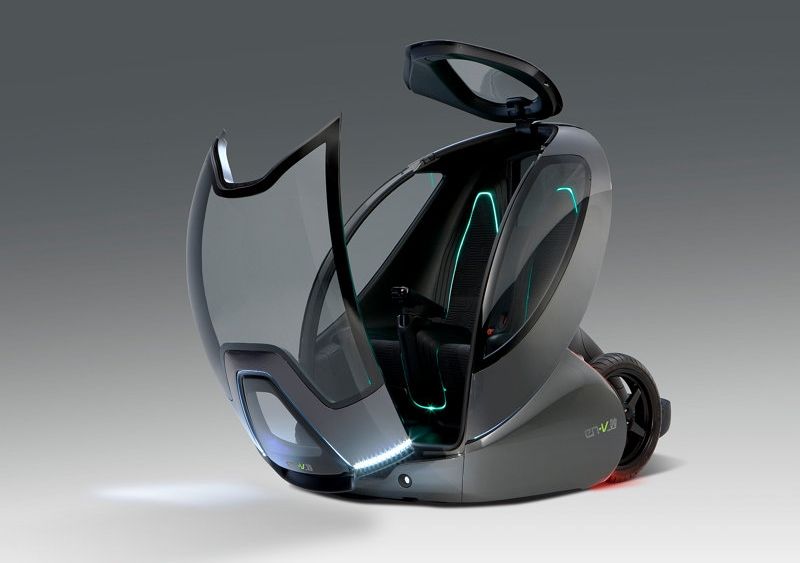Demand for automobiles has tremendously grown in the past few years, and there is no sign of decline as new vehicles keep flooding the market. This rapid increase in new vehicles creates a host of problems like parking issues, and congestion on the streets, to name a few. General Motors thought of a solution nearly ten years back to deal with these real-life issues. The EN-V concept car was General Motors' idea of futuristic cars such as a small, compact mobility vehicle that could be used to transport two people at a time.
The 2010 EN-V was the brainchild of General Motors as they had partnered with the Shanghai automotive industry. These companies shared a common vision for making fundamental changes in personal urban transportation. The two-seaters’ electric vehicle was designed to solve issues like traffic jams, air pollution, affordability, and a safe option for commuting.
A Futuristic Urban Innovation
The M-EV-V was built on the P.U.M.A platform meant for personal urban mobility and accessibility. The prototype was developed by segway and debuted in April 2009. The company had worked together with General Motors to develop and deliver multiple copies of the drivetrain platform. The vehicle had just two wheels, and it featured a unique dynamic stabilization technology that allowed it to carry two passengers and light cargo in a footprint that is about one-third the size of a normal car. The vehicle also had amazing technology that allowed it to make a 180-degree turn on the spot. In addition, the concept also features drive-by-wire technology, and it could operate autonomously or could be driven manually. A GPS allowed vehicle to vehicle communication and distance sensing technology. A wireless technology was embedded to enable a social network that drivers and occupants can use to communicate with friends or business associates while on the go. The vehicle was designed by keeping 2030 in mind, when 60% of the world's 8 billion population would be dwelling in the city. EN-V was launched in three different versions which were named Xiao, meaning laugh, Jiao meaning pride, and Maio meaning magic.
A Compact City Car
The EN-V Was one of the first vehicles globally designed that made tremendous use of carbon fibers throughout. While most traditional cars weighed in at around 2000 to 3000 pounds, this concept had a curb weight of just under 1000 pounds thanks to its extensive use of carbon fiber, Lexan and acrylic construction. The vehicle made use of a conventional lithium-ion battery, and since this was supposed to be a compact city car for personal mobility, it delivered nearly 25 miles of range on a single charge. Two DC motors produced nearly 12 HP, and the top speed was 25 MPH. Besides, the car also had a unique ability to improve efficiency since it communicated with the electricity grid to determine the optimal time to recharge based on the overall usage. A small footprint was also designed by understanding that modern-day automobiles require around 10 square meters of parking space, and these vehicles are parked for most of their lifetime. The same 10 square meters of parking space could accommodate up to 5 EN-V vehicles.
Unique Personality for Each Model
As the concept launched in three different design languages, they all had their special color, lighting, and seating Technology, thereby, giving each variant its personality with a special opening, stylish interior, and stunning colors. The Xiao, with its gumball blue paint, had a more lighthearted vibe and a nautical design. The Miao, on the other hand, had a sleek and masculine appeal that was cued from the consumer electronics industry. Miao also featured innovative lighting solutions and extensive use of LED ambient lighting. Jiao had the most stand-out look, influenced by Chinese opera masks and bullet trains, with its clean lines and bright paintwork.
The EN-V concept was expected to cost around $11,000, making it one of the most affordable vehicles on the market even today. There also seemed to be speculations that the car would not be safe for street use and the vehicle would be a gimmick, but it offered a good amount of safety features such as Lane departure warning, adaptive cruise control, and blind-spot detection. The automobile would also slow down to a safer speed when it detected pedestrians around it as per Hot Cars. The vehicle was one of a kind invention, as it had a significant technology and material innovation in the traditional automobile industry.
Sources: Car Magazine, Top speed




